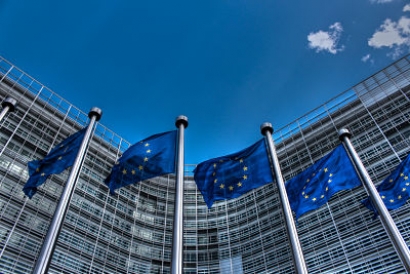
The Connecting Europe Facility (CEF) is a key EU funding instrument to promote growth, jobs and competitiveness through targeted infrastructure investment at European level. It supports the development of high performing, sustainable and efficiently interconnected trans-European networks in the fields of transport, energy and digital services, filling in the missing links in Europe’s energy, transport and digital backbone. It makes travel easier and more sustainable and enhances European energy security while enabling wider use of renewable and facilitating cross-border interaction between public administrations, businesses and citizens.
The European Union (EU) will invest in trans-European transport, energy and digital networks through the reformed CEF programme. The opinion put together by Aurel Laurențiu Plosceanu and Graham Watson, approved at the EESC plenary on 19 September 2018, broadly supports the new EESC CEF regulation for the period 2021-2027 but also points out where there is room for improvement. While welcoming the revised regulation presented by the European Commission, the EESC wants to see a stronger 2021-2027 budget, more synergies between transport, energy and digital infrastructure, continued technical support, a maintained commitment to investment in electricity projects and investment in dual-use civilian-defence infrastructure.
“The CEF is one of the most successful EU programmes and is of strategic importance for the integration of the internal market, the completion of the Energy Union, smart mobility and the opportunity for the EU to deliver tangible added value for citizens, social cohesion and businesses” said Aurel Laurențiu Plosceanu, President of the Romanian Construction Entrepreneurs' Association (ARACO) and member of the EESC since 2007, representing Romania. “By the end of 2017 CEF Transport had already allocated 21.3 billion euros in grants for projects leading to 41.6 billion euros of total investments. It is estimated that every 1 billion euros invested will create up to 20 000 jobs”.
Sir Graham Watson, UK Member of the EESC, added that regulatory authorities in Member States or at EU level must not be allowed to frustrate electricity interconnection, for example, by freezing out schemes which are privately financed. If climate goals are to be met, both public and private finance will be needed in trans‑European networks.
For additional information:

